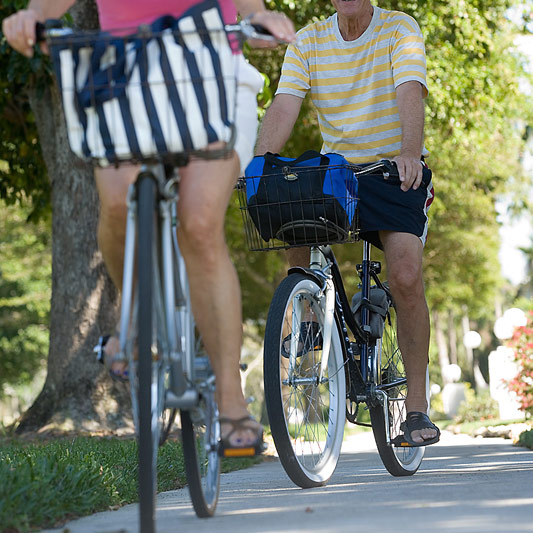
MONDAY, Nov. 21 (HealthDay News) — When done by well-trained professionals, acupuncture can be a safe treatment for children, new research suggests.
In an analysis of 37 studies or case reports, Canadian researchers found that in over 1,400 children treated with acupuncture, just 168 experienced a mild adverse reaction, such as crying or pain. The investigators found 25 reports of serious adverse events.
“In trained hands, acupuncture seems safe in children,” said the study’s senior author, Dr. Sunita Vohra, a professor in the department of pediatrics at the University of Alberta in Canada.
Results of the study are published online and in the December issue of Pediatrics.
Acupuncture is a treatment that is said to have originated in China thousands of years ago. In Eastern medicine, acupuncture is believed to open the channels where a person’s Qi (pronounced chee), or life force, is blocked. In Western medicine, it’s more commonly believed that acupuncture works by stimulating the release of the body’s natural painkillers, according to the U.S. National Center for Complementary and Alternative Medicine.
Stimulation of certain areas to release the blocked Qi (called acupoints) can be done through the insertion of very thin needles or with heat, pressure or a laser, the study authors pointed out in background information in the article.
Acupuncture is used for a variety of problems, such as pain, nausea, vomiting, anxiety and muscle spasm, according to Vohra and Dr. Raymond Pitetti, the associate medical director of the emergency department at Children’s Hospital of Pittsburgh. Jeannie Kang, president of the American Association of Acupuncture and Oriental Medicine, added that acupuncture is also used for sprains, allergies, asthma, and menstrual cramps and irregularities.
In the United States, recent estimates suggest that as many as 3 million people have tried acupuncture therapy.
Because acupuncture is growing in popularity, and no specific studies have been conducted on the safety of acupuncture in children, Vohra and her colleagues wanted to assess the available evidence to determine whether or not acupuncture is a safe treatment for children.
The researchers reviewed all of the available literature on acupuncture in children. They found 37 studies and case reports that met their inclusion criteria.
The rate of adverse events was significantly lower in children than what has been reported in adults, the results showed.
The current analysis found a mild adverse event rate of nearly 12 percent in children. Mild events included bleeding, pain, crying, bruising and worsening of symptoms.
Serious events occurred in 25 children. Twelve children had thumb deformities, and five experienced infections after acupuncture. There were also isolated heart problems, lung problems, bleeding issues, nerve impairment, intestinal obstruction, hospitalization and a reversible coma.
Many of the serious adverse events were believed to be the result of substandard practices, said Vohra.
All three experts recommended making sure your child’s acupuncturist is well trained. In Canada, acupuncture is regulated in a standard fashion and acupuncturists have to have specific training. In the United States, requirements vary by state, although most require that acupuncturists be licensed, according to Kang. Vohra and Kang both recommended contacting national acupuncture associations for a practitioner recommendation. Practitioners certified by national organizations will likely have more training.
Kang said that there are some acupuncturists who specialize in acupuncture on children, but that most practitioners will have had some pediatric experience. She said that it’s uncommon to do needle insertions on children younger than 11 years old. Instead, she said, acupuncture practitioners will usually use something that “looks like a spiky rolling pin” to put pressure on acupoints.
Pitetti said he didn’t know if there were specific areas of the body where acupuncture absolutely shouldn’t be used, but “into the neck, into the brain would make me more concerned. Also, when you start to go near major organs, like the heart, or right around the spinal cord, that would make me nervous.”
But, he said, “This study should give parents a little reassurance that it’s probably a safe procedure, but it should also make them take a hard look at who’s doing the acupuncture to make sure that they’re reputable and skilled.”
And, he added, it would be very helpful for parents if pediatricians were more aware of complementary medicine therapies, as well as the practitioners in the local area.
More information
Learn more about what to look for in an acupuncture practitioner from the National Certification Commission for Acupuncture and Oriental Medicine.

